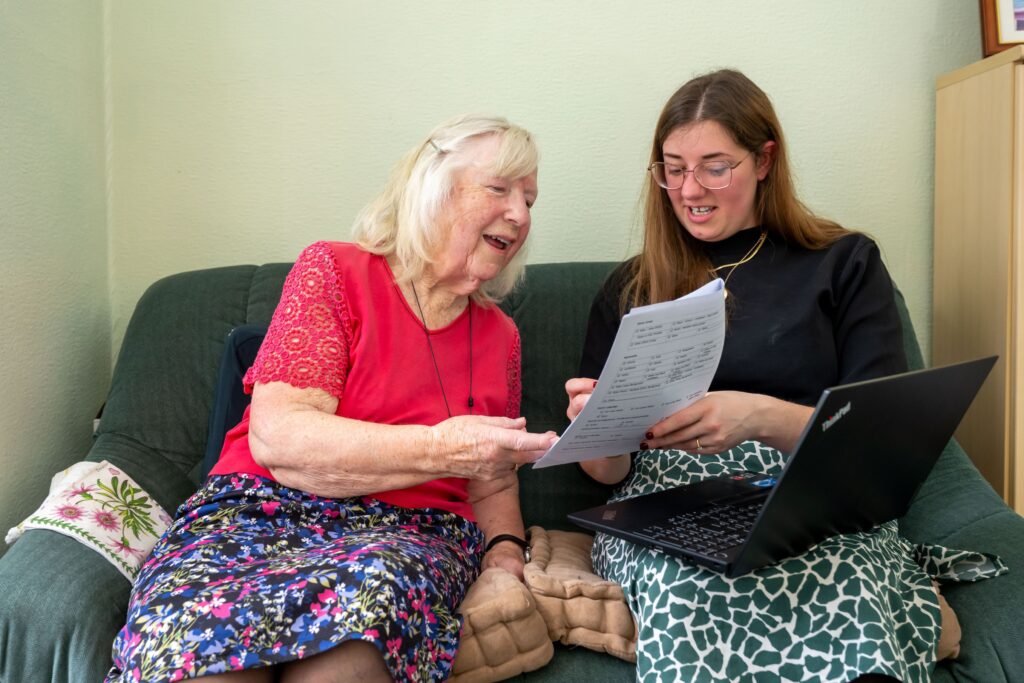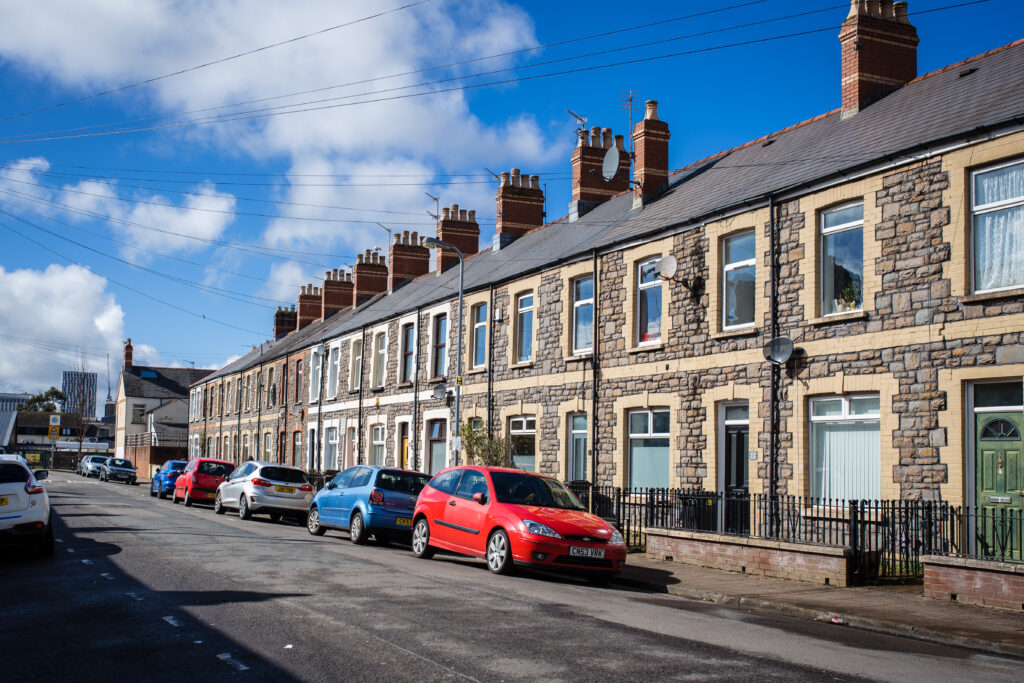Prysor Williams yn archwilio rhai o’r heriau cysylltiedig â chyflawni anghenion ynni lleol gan ddŵr, cyn digwyddiad ynni ar y cyd rhwng yr IWA a Phrifysgol Bangor yn Eisteddfod eleni.
Dr Prysor Williams explores some of the challenges associated with meeting our local energy needs through water, ahead of a joint IWA and Bangor University energy event at the forthcoming Eisteddfod.
Eleni cynhelir yr Eisteddfod Genedlaethol ym Môn, Ynys Ynni. Mae heriau sy’n gysylltiedig â newid yn yr hinsawdd a chadw’r golau ‘mlaen yn adnabyddus a’r dadleuon o blaid ac yn erbyn cynlluniau cynhyrchu trydan mawr yn gallu bod yn danllyd ar brydiau.
Mae Sefydliad Materion Cymreig mewn partneriaeth â Lab Cynaliadwyedd Prifysgol Bangor am droi’r chwyddwydr ar beth all unigolion a chymunedau wneud i helpu’n hunain i gwrdd â’r galw, i leihau tlodi tanwydd a pharatoi’n hunain ar gyfer y newid economaidd, cymdeithasol, amgylcheddol a diwylliannol anorfod sydd ar y gorwel. Mae hwn yn un o gyfres o flogiau byr, lle mae Dr Prysor Williams yn sôn am ffyrdd y gallwn ddatrys rhai o’r heriau o gwmpas ynni yn lleol.
Mae bod yn arloesol, a meddwl tu allan i’r bocs yn holl bwysig. Un enghraifft o hyn yw prosiect Dŵr Uisce (uisce yw’r gair Gwyddeleg am ddŵr) sydd yn bartneriaeth rhwng Prifysgol Bangor a Choleg y Drindod, Dulyn. Mae cyfran helaeth iawn o’r egni mae cymdeithas yn ei ddefnyddio yn deillio o’n defnydd o ddŵr. Mae dau ran i’r prosiect, gydag un yn canolbwyntio ar adennill ynni yn y diwydiant dŵr, a’r llall ar adennill egni o ddŵr gwastraff. Mae’r prosiect yn cyfuno arbenigedd mewn technoleg a pheirianneg, busnes ac economeg, gwyddorau cymdeithasol, a’r gwyddorau naturiol i geisio atebion i rai o’r problemau sy’n wynebu’r sector dŵr.
Mae’r rhan fwyaf o ddŵr yr ydym yn ei ddefnyddio yng Nghymru (a llawer o wledydd eraill) yn deillio o lynnoedd yn yr ucheldir. Fodd bynnag, mae’r rhan fwyaf o’r boblogaeth a’n diwydiannau yn yr iseldir, megis ardaloedd arfordirol. Mae felly angen cludo llawer o ddŵr o’r tir uchel i’r tir isel. Golyga hyn fod cynnydd sylweddol mewn gwasgedd wrth i’r dŵr lifo ar hyd y pibellau, ac mae potensial o fyrstiau o ganlyniad. Mae rhan gyntaf y prosiect yn edrych ar ffyrdd o roi tyrbinau bach (rhai ‘micro’) oddi fewn i systemau dosbarthu dŵr sydd eisoes yn bodoli. Y bwriad wedyn fyddai ‘dal’ a defnyddio rhywfaint ar yr egni sy’n cael ei wasgaru o’r pibelli eisoes er mwyn atal byrstiau. Yn naturiol, fydd y prosiect yn cydweithio’n agos gyda’r diwydiant dŵr i wneud hyn.
Canolbwyntio ar wres mae ail ran y prosiect. Mae cynhesu dŵr yn broses sy’n defnyddio llawer o egni. Mae hi’n amlwg fod llawer o’n diwydiannau ni’n defnyddio llawer iawn o ddŵr. Fodd bynnag, os ystyriwch sectorau megis ysbytai a gwestai, maen nhw hefyd yn defnyddio llawer iawn o egni yn cynhesu dŵr o ryw 5-10 °C i ryw 40 °C. Yn aml iawn (e.e. mewn cawod), mae’r dŵr cynnes hwn yn llifo lawr y sinc mewn eiliadau wedyn, gan gario llawer o egni efo fo. Mae’r prosiect yn edrych ar ffyrdd o ddefnyddio technoleg i ‘ddal’ yr egni yma.
Mi fydda i, Dr Prysor Williams yn egluro mwy am y prosiect yn mewn cyflwyniad byr ar faes yr Eisteddfod ac yn esbonio rhai o’r ffyrdd arloesol, cymhleth, a syml o geisio lleihau’r defnydd o egni sy’n gysylltiedig â dŵr. Mae rhagor o fanylion o’r darlith ‘Troi’r dŵr/gwynt i felin ein hunain: datrys anghenion ynni lleol yn lleol’ fydd yn cael ei gynnal ar faes yr Eisteddfod Genedlaethol ar ddydd Llun y 7fed o Awst 2017 i’w cael ar Eventbrite. Darperir cyfieithu ar y pryd.
Rydym yn awyddus iawn i glywed gan unigolion a chymunedau sydd â diddordeb yn hyn ymlaen llaw. Ein gobaith yw y bydd y digwyddiad yn esgor ar fwy o gydweithio a chyd-greu rhyng-gymunedol ac y bydd syniadau newydd yn deillio o’r digwyddiad. Er mwyn cyfrannu at y sgwrs, cysylltwch drwy ein cyfryngau cymdeithasol @planetdotcymru #YnniLleolCymru neu gydag Einir Young ([email protected]) a Gwenith Elias ([email protected]).
The 2017 National Eisteddfod is being held in Ynys Môn, the Energy Island. Challenges associated with global climate change and keeping the lights on are well known and the arguments for and against large electricity generating schemes can be acrimonious at times.
The Institute of Welsh Affairs in partnership with Bangor University’s Sustainability Lab would like to focus on the positive contributions individuals and communities can make to help themselves meet local energy demand, reduce fuel poverty and prepare ourselves for the inevitable economic, social, environmental and cultural changes. This will be the first from a series of short blogs, where Dr Prysor Williams will explore some of the challenges associated with meeting our local energy needs.
Being innovative, and thinking outside the box are essential. One example of a project doing just that is Dŵr Uisce (‘dŵr’ and ‘uisce’ are the words for ‘water’ in Welsh and Irish respectively) and is a partnership between Bangor University and Trinity College, Dublin. A large proportion of the energy used in society originates from water use. There are two parts to the project, with one focussing on recovering energy from the water industry, and the other recovering energy from waste water. The project combines expertise from technology and engineering, business and economics, social sciences, and the natural sciences to try and find solutions to some of the challenges facing the water industry.
The majority of the water we use in Wales (and many other countries) originate from lakes in the highlands. However, the majority of the population and industry are usually located on low lying land, such as coastal areas. Therefore, a huge volume of water needs to be transported from the highlands to the lowlands. This means that there is a substantial increase in pressure as water flows through the pipes, resulting in potential bursts. The first part of the project looks at installing small, micro turbines within water transporting systems that are already in use. The goal then is to capture and use some of the energy that is dispersed from the pipes in order to avoid bursts. Naturally, in order to undertake this, the project will be working closely with the water industry.
The second part of the project will be focussing on heat. Heating water is a process that takes a lot of energy. Many of our industries also use a lot of water. However, if you consider sectors such as hospitals and hotels, they also use a lot of energy to heat water from around 5-100C to 400C. Often (e.g. in a shower), the hot water flows directly down the drain within a few seconds, taking a lot of energy with it. The project will be looking at utilising technology to capture this energy.
I, Dr Prysor Williams, will be explaining more about the project in a short presentation at the Eisteddfod, explaining some of the innovative, complex, and simple ways to reduce the energy associated with water usage. Further details about the lecture ‘Diverting the water/wind to our own mill: local solutions to meet local energy needs’ held at the National Eisteddfod on Monday the 7th of August 2017 can be found on Eventbrite. Simultaneous translation will be available.
We are keen to hear from individuals and communities who might be interested in developing their own schemes beforehand. Our hope is that as a result of this event inter-community collaboration and co-creating will be facilitated and enhanced and that new ideas will emerge. To contribute to the discussion you can use social media @planetdotcymru #LocalEnergyWales or contact Einir Young ([email protected]) or Gwenith Elias ([email protected]).
All articles published on Click on Wales are subject to IWA’s disclaimer.





